Cedars-Sinai Blog
Faces of Cedars-Sinai: Resident Johnny Wang
Nov 23, 2020 Victoria Pelham
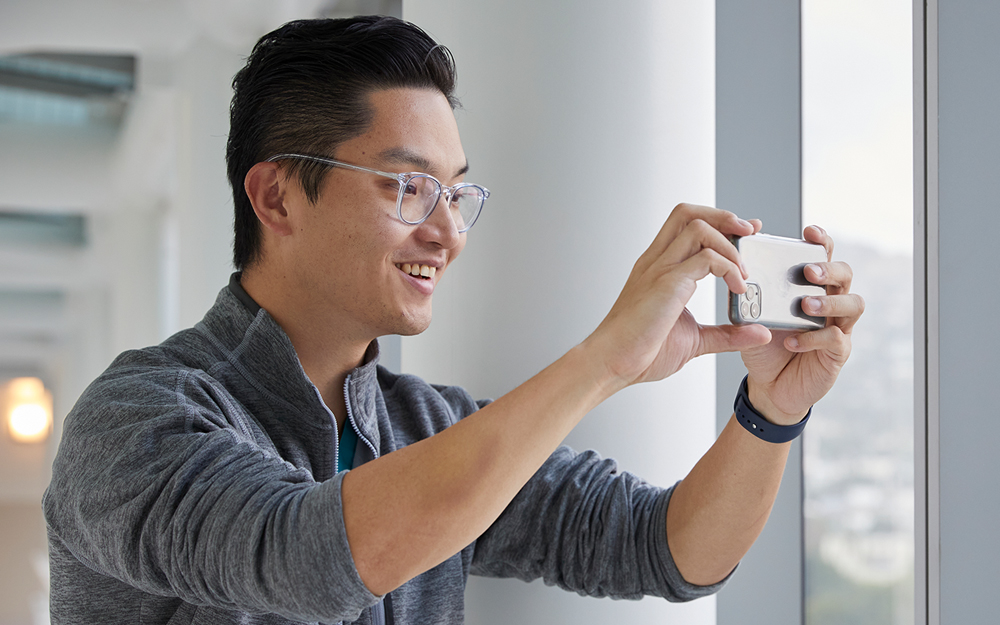
For Cedars-Sinai resident Dr. Johnny Wang, everything is a matter of perspective.
Take the Saperstein Bridge at the medical center.
A passionate photographer and orthopaedic surgery resident, Dr. Wang spends much of his free time snapping the hospital architecture and grounds where he works. His most common vantage point is the bridge, which connects the orthopaedic floor with the intensive care unit and sees critical care patients traveling back and forth often.
At least half of the pictures he has taken from Cedars-Sinai are from the bridge. But Dr. Wang points out that each one is different—the weather, lighting, time of year, angle, and view.
Originally from China and raised in the Bay Area, he carries that outlook with him wherever he goes.
What do you look for in a photo?
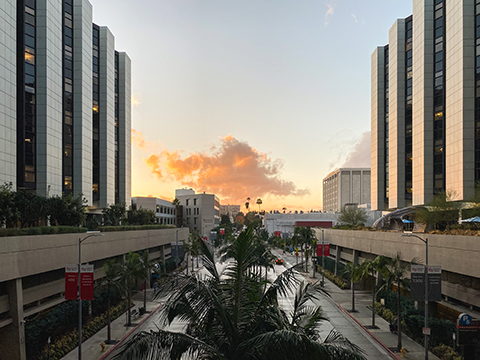
Dr. Johnny Wang: The key thing I strive for is to pay attention to the sunrises and sunsets. I'm always keeping an eye on the sky during those hours, and if I'm in the right spot at the right time, that is probably the most important thing.
I'm most in my element in the outdoors. I like to photograph nature and landscapes, catch the good light and find some unique compositions for places that are so close to us but people oftentimes don't know about or see.
"When you take a bunch of photos from one location, you realize what you can and can't see."
How did you start photographing Cedars-Sinai?
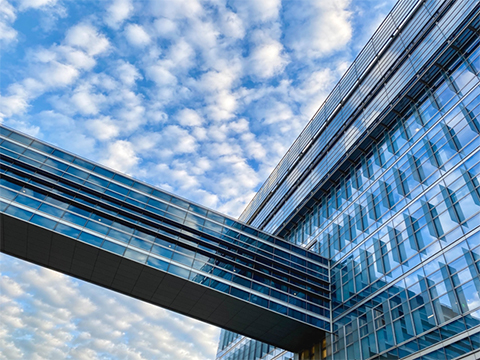
JW: I hadn't thought about combining photography and medicine. But it just happened naturally after I came on campus and started my residency.
As time went on, I started paying more attention to the architecture. It's become very intuitive at this point to photograph wherever I am, and that's one thing I'll carry with me for the rest of my life.
How did you choose orthopaedic surgery for your medical residency?
JW: I love planning for injuries and deciding on how best to treat them, and the pathology is real. You can see what you're trying to fix.
To me, that's always spoken to my engineering side that I grew up with. Being able to see the results of your work and patients who can walk again, function, and do the things they want to do is really satisfying.
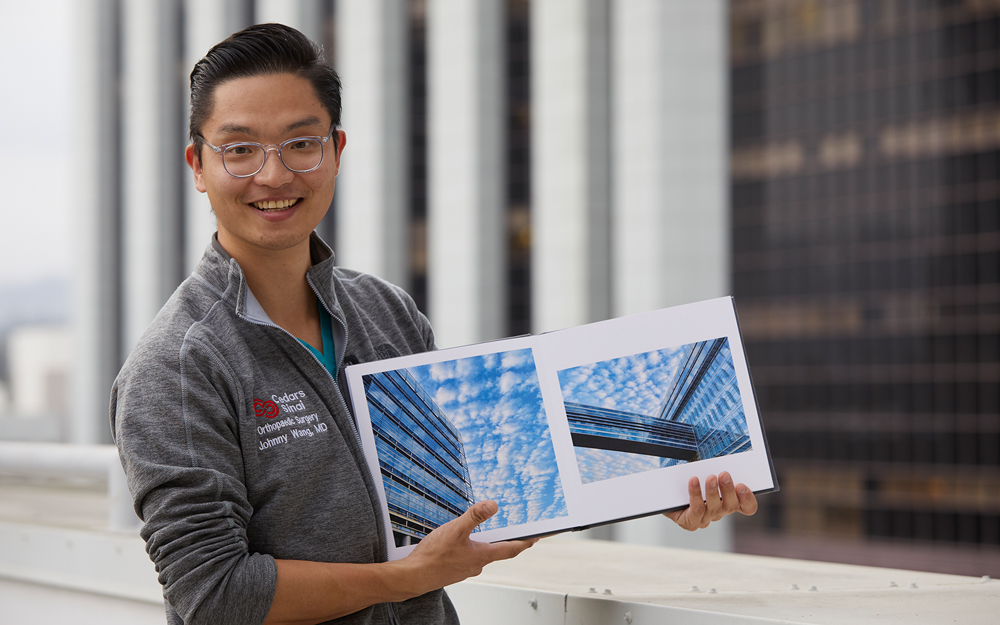
You grew up in California, then headed East to attend medical school at the University of Pittsburgh. What drew you back here?
JW: There's so much to love. I knew residency was going to be a very busy five years, and I wanted to have some familiarity in the place I was living and travel and explore—especially in nature where I develop most of my photography.
California is unbeatable for that. You can go to the desert, mountains, beach, and forest, and it's all within reach. That outdoors aspect is really appealing, plus the food is unmatched down here in L.A. Residents have to eat. Having those options open is a great way to keep you going during busy weeks.
"All these photos I'm taking would not be possible if we had these natural disasters happening all the time. It's important to realize that this is one of those things that can be taken away from us in an instant as well."
The California wildfires and COVID-19 shook up our world this year. What did they teach you?
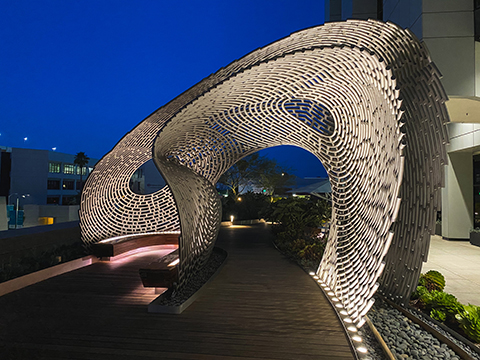
JW: A couple of months ago, the wildfires were really severe, and there was a gray-green hue for a good week. We weren't able to see from the bridge—it was completely gloomy and gray. In a year where things we took for granted have been taken away from us in terms of the pandemic, that week to me had another impact.
We have to be careful and be able to keep these views for the future. You can sometimes see the mountains in winter, but in the summer, the mountains are often completely hazed out. You can't see anything past Hollywood.
When you take a bunch of photos from one location, you realize what you can and can't see.
Protect your climate. Protect nature. And don't be so reckless, knowing your decisions can really impact the future that you cannot see right now.

